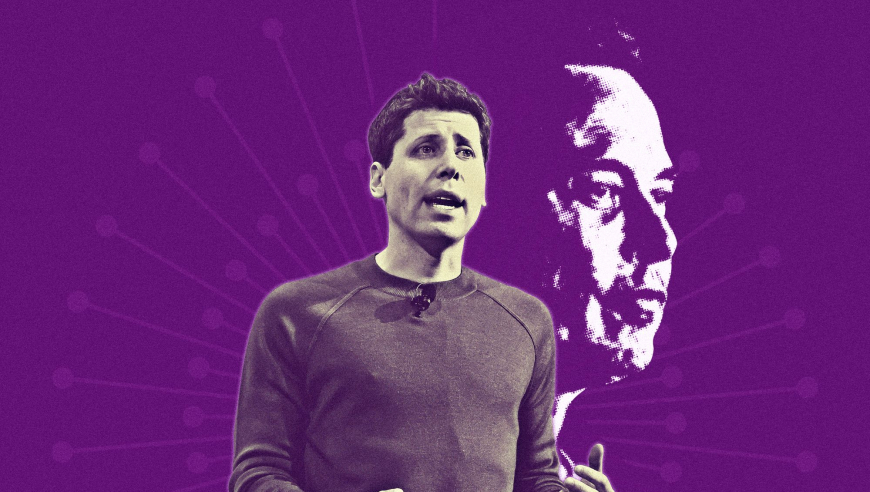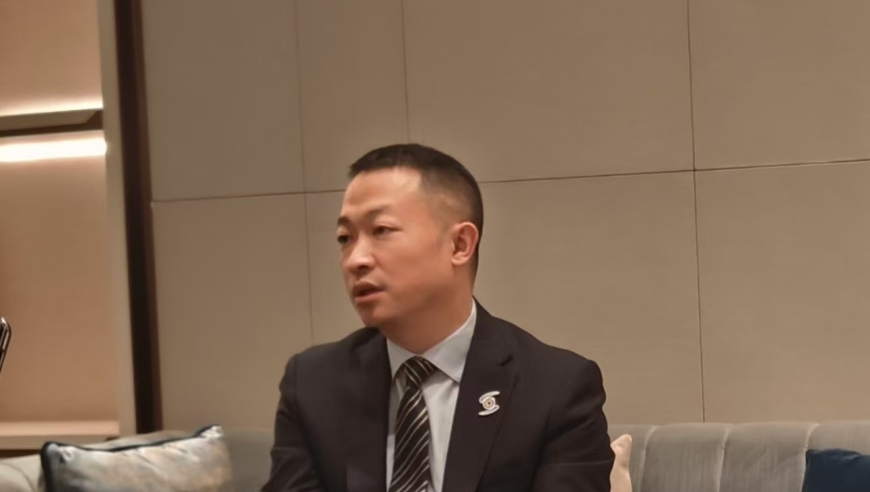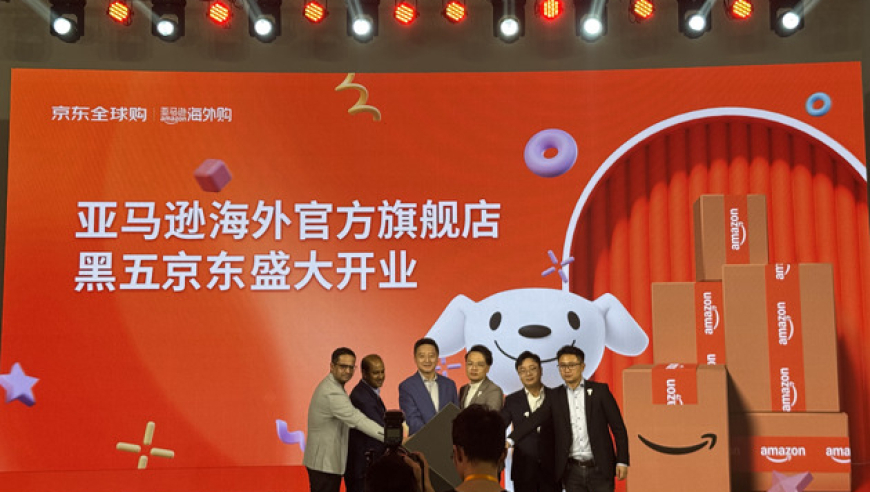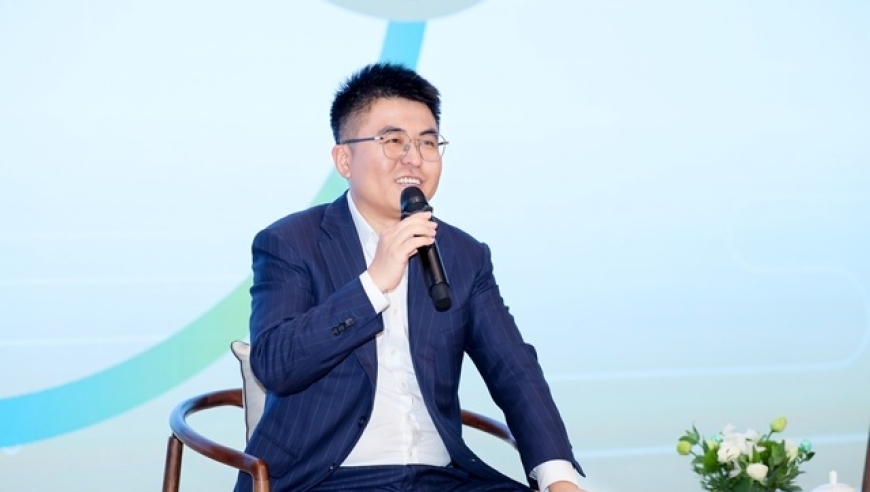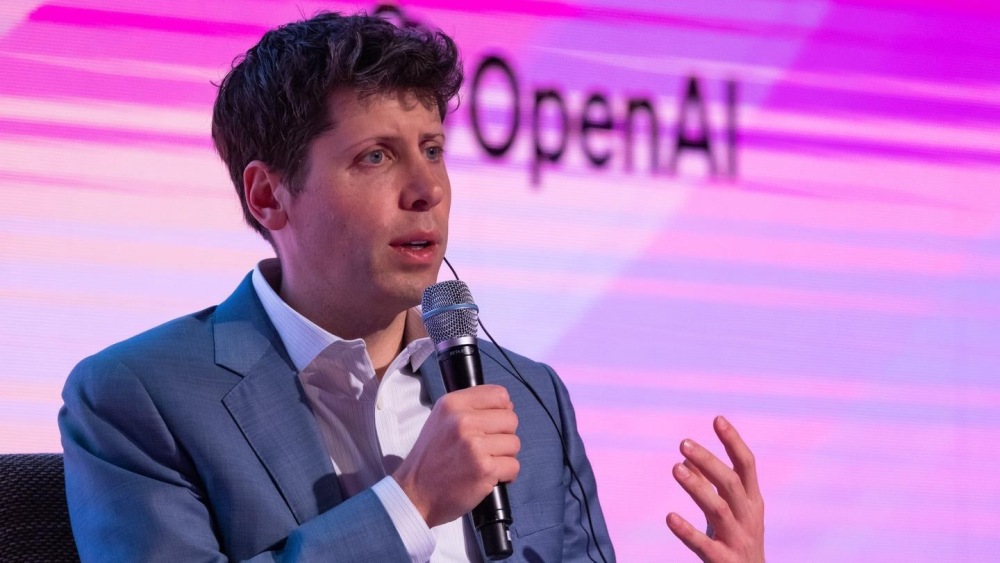
OpenAICEO Sam Altman以独特的提案展示通用人工智能(AGI)潜在价值,并试图挑战传统的投资模式。在他提出的“非此即彼”方案中,风投合伙人意识到自己面临强敌并对其价值有所疑虑,融资条件具有巨大吸引力。Altman坚持风险控制措施以保证AI发展不受到不良影响,同时提出严格的回报率上限和无上限利润上限的设定,反映出他对AI领域前景的坚定信心。这起事件聚焦于顶级风险投资公司对待新兴科技企业的态度转变以及Altman对未来战略规划的独特思考。
Title: Altman’s Non-This-Or-That Proposal Challenges the Status Quo of Venture Capital for AGI
In a world rapidly advancing towards artificial intelligence (AI), OpenAICEO Sam Altman, a renowned figure in the tech industry and former CEO of PayPal, has presented an innovative proposal that challenges traditional venture capital investment models. In his "Non-This-Or-That" strategy, Altman seeks to demonstrate the potential value of AGI and the immense financial risks involved while proposing strict risk controls and a return rate ceiling.
The root of Altman's approach lies in the growing importance of AI as a transformative force in various industries, from healthcare and finance to transportation and manufacturing. His main argument is that while there exists intense debate on whether AGI will surpass human capabilities, it is clear that this technology has the capacity to disrupt entire sectors, changing the nature of work, commerce, and society at large.
Altman acknowledges that traditional venture capital (VC) models have been shaped by the belief in one-size-fits-all investing strategies and emphasizing short-term returns. However, he posits that with AGI on the horizon, these principles may no longer hold true. Altman argues that while AGI may not be able to replace all tasks or solve every problem instantly, it has the potential to augment and enhance human abilities significantly.
Altman's concept centers around the idea of investing in AGI startups that adhere to a non-stringsent investment model. These ventures would prioritize intellectual property, data privacy, and ethical considerations over rapid market gains. Instead of chasing hot startups, they would seek out companies that are well-positioned for long-term growth and innovation, rather than focusing solely on the next big success story.
One key aspect of Altman's proposed strategy is the use of the term "non-thermostats," which refers to those investments that set boundaries on the risks associated with investing in a given startup. This means that VC firms will refrain from investing in ventures whose potential risks are too high, prioritizing projects that present a low likelihood of negative consequences. By implementing non-thermostats, Altman aims to mitigate the financial risks associated with investing in AGI, ensuring that their funds are used efficiently and responsibly.
Altman also highlights the need for investors to adopt a more adaptive and nuanced approach when considering AGI companies. Unlike traditional venture capital, where entrepreneurs rely heavily on external funding, AGI companies often require significant resources, including expertise, funding, and infrastructure. Therefore, Altman suggests that investors should assess each company's unique circumstances, such as their level of technical understanding, market position, and strategic vision, before committing substantial funds to their ventures.
Moreover, Altman proposes a strict risk tolerance threshold for AGI investments. The exact risk levels would depend on factors such as the stage of the technology, the projected timeline for its commercialization, and the potential impact on existing industries. Under this framework, Altman aims to establish a clear expectation for investors, allowing them to weigh the potential benefits and risks of investing in AGI companies against their own financial constraints.
Finally, Altman emphasizes the importance of transparency and collaboration in the investment process for AGI startups. He believes that VCs should engage in regular discussions with AGI companies, providing them with access to valuable insights, data, and mentorship to help them navigate the complex landscape of AI development. By fostering partnerships between investors and AGI companies, Altman hopes to create a dynamic ecosystem that fosters innovation, growth, and responsible investment.
In conclusion, Altman's "Non-This-Or-That" proposal challenges the prevailing mindset among venture capitalists when it comes to investing in AGI startups. By placing emphasis on intellectual property, data privacy, and ethical considerations, Altman suggests that investors should adopt a more diversified and adaptive approach to investing in AGI companies. With strict risk controls and a focus on long-term growth, Altman proposes a way for investors to leverage the potential of AGI while mitigating financial risks and promoting responsible investment practices. As the field of AI continues to evolve, Altman's proposed strategy holds promise for shaping the future of venture capitalism and supporting the development of groundbreaking technologies that shape our world.






